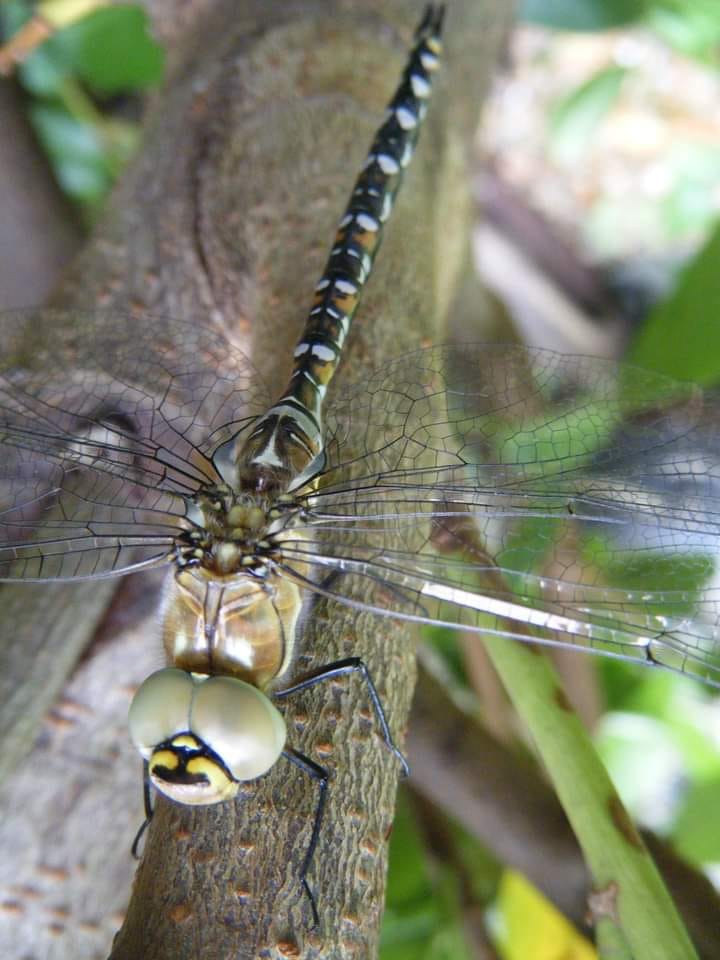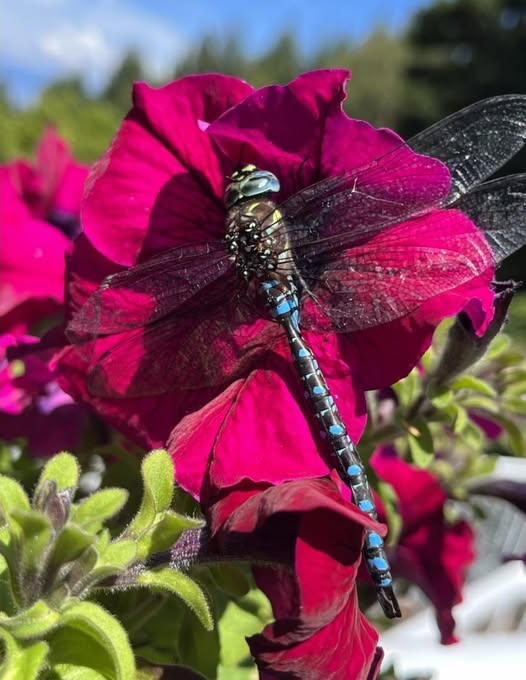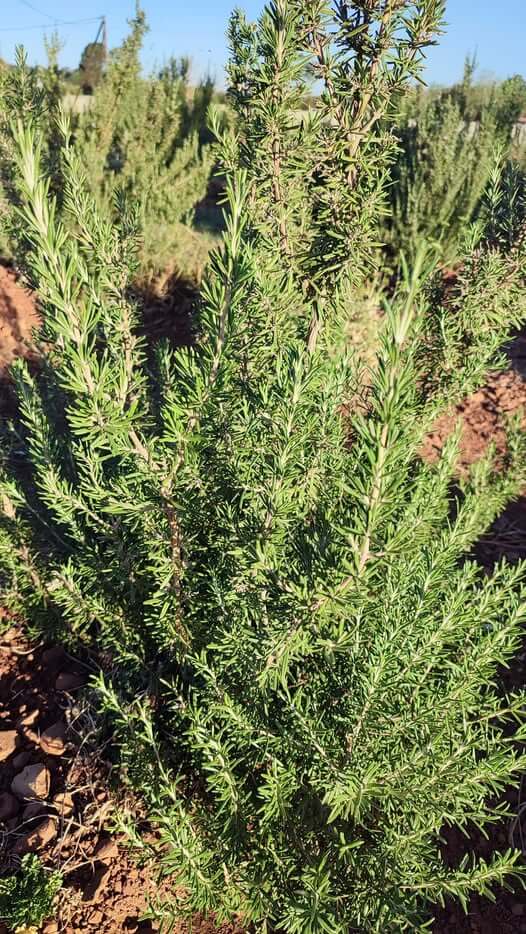Garden insects can be categorized into two main groups: beneficial or harmful.
As the name suggests, beneficial insects are those that are good for your garden. They prey on pests that damage your crops, pollinate flowers, and help break down dead plant matter.
Harmful insects, on the other hand, feed on plants and disrupt the natural balance of the garden.
They chew on leaves, suck the sap from stems, and sometimes carry plant diseases. If left to fester, these insects can quickly destroy healthy plants and reduce your harvest.
While most gardeners take a more hands-on approach to controlling pests, encouraging natural predators like dragonflies can be just as effective.
This article lists the 10 best plants to attract dragonflies and keep mosquitoes away, plus reasons why you want dragonflies in your garden!
Why Do You Want Dragonflies In Your Garden?

When you have dragonflies buzzing around in your garden, it’s a great indicator that your plant ecosystem is healthy and thriving.
First, dragonflies eat mosquitoes and other harmful garden pests, like flies, gnats, midges, and larvae, protecting plants from damage and disease.
Second, they minimize the need for chemical pesticides, which may harm beneficial insects, contaminate the soil, and disrupt the overall health of your garden.
Third, they can assist with pollination (together with bees and butterflies) by moving between flowers.
10 Best Plants to Attract Dragonflies and Keep Mosquitoes Away

Dragonflies are genuinely among the best bugs ever. If I had to rank them, I’d place them number two of my favorite garden insects (with bees being the first, of course)!
A single adult dragonfly can consume hundreds of mosquitoes per day, and with a kill rate of 97%, they’re truly the best!
Black-Eyed Susan

Black-Eyed Susans are North American flowering plants with bright yellow flowers.
They look like daisies, except they have a dark brown or black center. Their nectar and pollen attract a wide variety of insects, turning it into the perfect hunting ground for dragonflies.
Meadow Sage
Meadow Sages are deer-resistant perennials with vibrant, nectar-rich purple flowers.
These flowers bloom throughout the summer, attracting pollinators such as bees and butterflies, as well as predatory insects like dragonflies.
White Yarrow

White Yarrows produce clusters of white flowers from early to late summer and may continue blooming through September or even November.
Their long flowering period makes them great for attracting insects, such as dragonflies, in search of their next meal.
Arrowhead
Arrowhead plants act as a perching spot for adult dragonflies to rest and hunt for prey.
They also offer a secure spot for female dragonflies to lay their eggs. The plants’ large arrow-shaped leaves offer cover and habitat for larvae to live and grow.
Arrowhead plants are semi-aquatic and should be planted along the edges of ponds, streams, or other shallow aquatic areas. If you don’t have a nearby watersource, plant them in pots filled with water.
Cattail
Cattails thrive in moist, swampy environments, making them an ideal breeding ground for dragonflies as they rely on still or shallow water to lay their eggs.
They’re easy to take care of but do need to be planted in wet areas or containers that can hold water.
Lavender

Another good choice could be lavender, a plant that is beautiful to look at and has a wonderful scent.
The sweet scent usually attracts all sorts of insects that dragonflies love to munch on, like flies, gnats, midges, and the occasional lost mosquito.
Joe-Pye Weed
Joe-Pye weeds produce sweet-smelling pink-purple flowers in midsummer until fall, typically from July to October.
These flowers attract numerous pollinators and predators like dragonflies, which feast on pests and harmful larvae.
The plants’ long stems also serve as a perching spot to rest, bask in the sun, and survey the area for insect prey.
Rosemary

Rosemary is another plant that I particularly like because I use it a lot in cooking too.
Dragonflies often visit it to hunt the smaller insects that hover nearby.
In addition, have a look at the 10 reasons why everyone needs a rosemary pot by the front door.
Sunflower
Sunflowers draw in a large population of flying insects, turning them into live buffets for dragonflies.
The positive thing about them is that they bloom during the summer and into the fall, covering much of the period when mosquitoes are most active.
But that’s just one of many aspects. Don’t forget to take a look at the reasons why you should always have sunflowers in your garden.
Mint
Mint is another well-known mosquito deterrent.
These pests hate the scent of menthol and would usually avoid areas where mint grows.
Dragonflies aren’t affected by the fragrance and often patrol nearby, taking advantage of other smaller insects that the plant attracts.
In addition, it is also suitable for shaded gardens or areas with little sun. If you have this problem, I recommend the list of vegetables that grow well in shady gardens.

